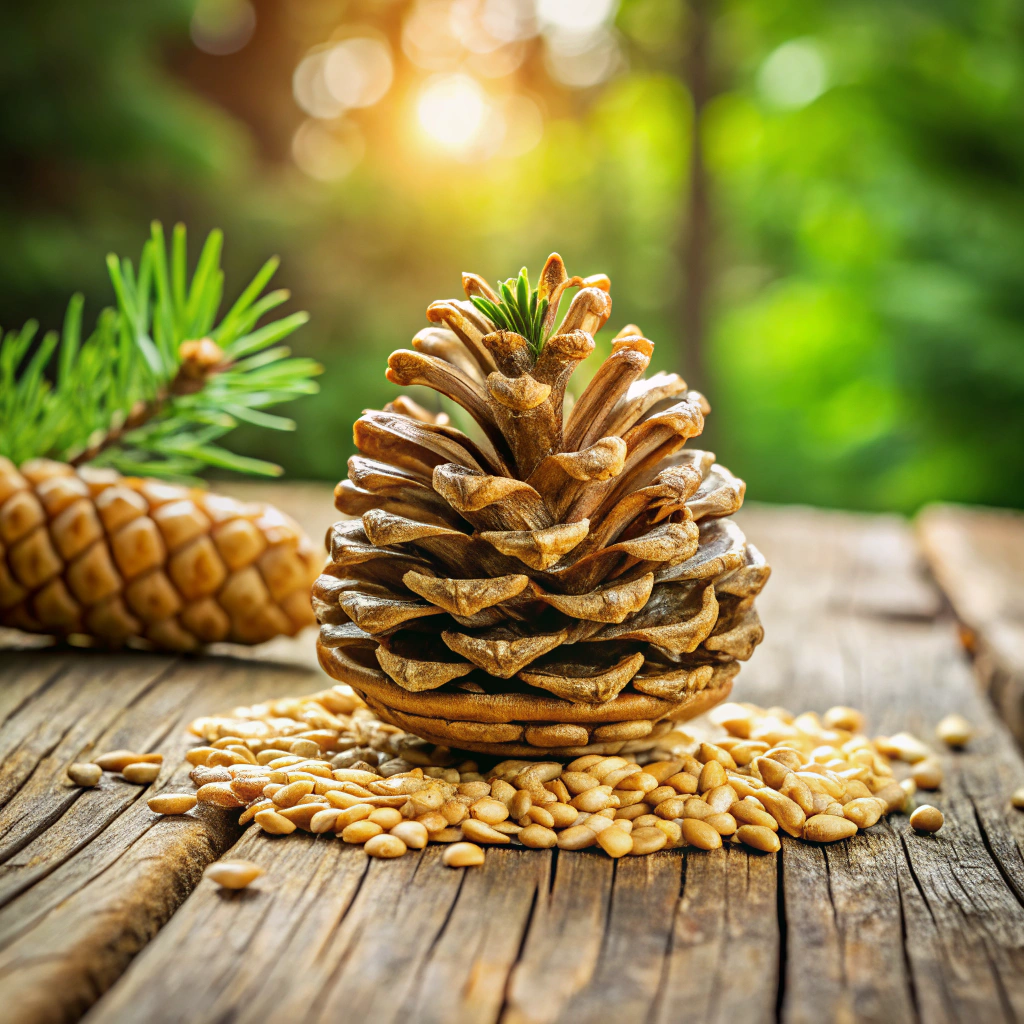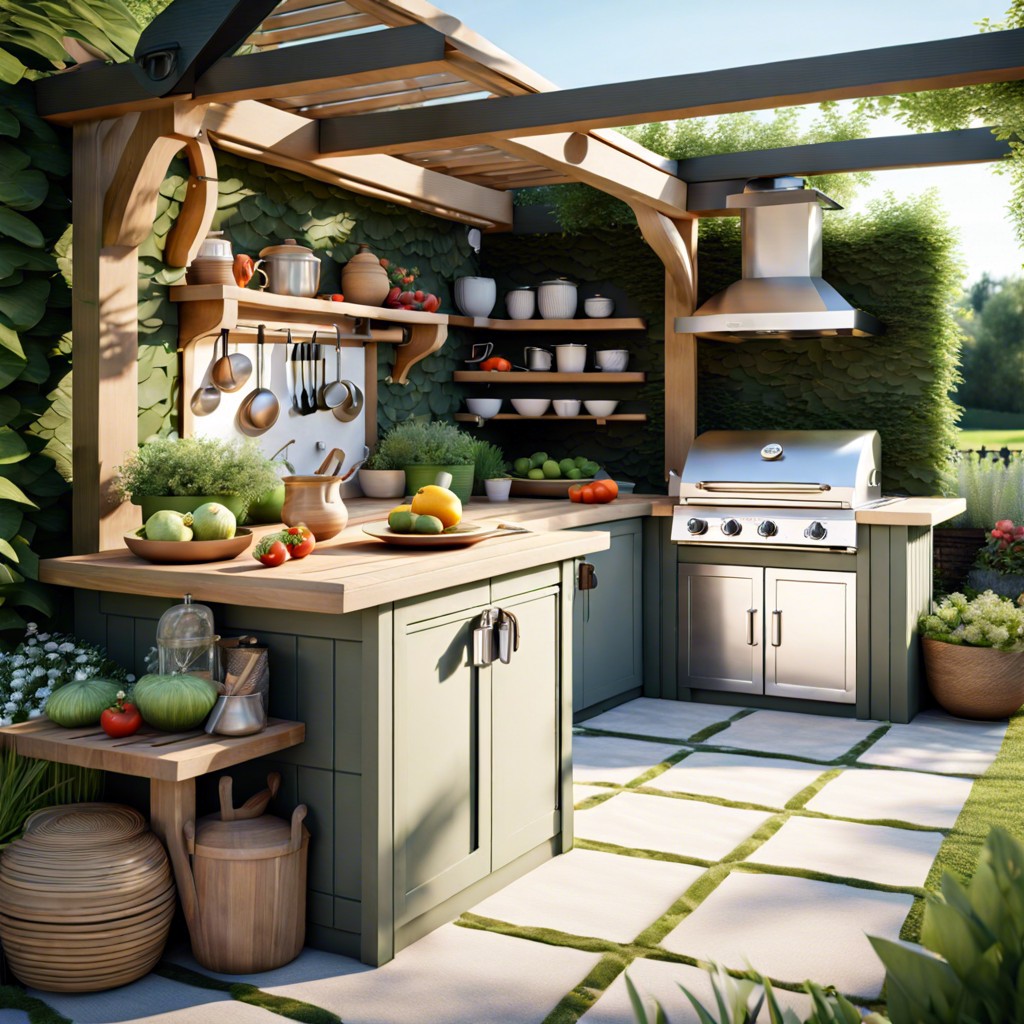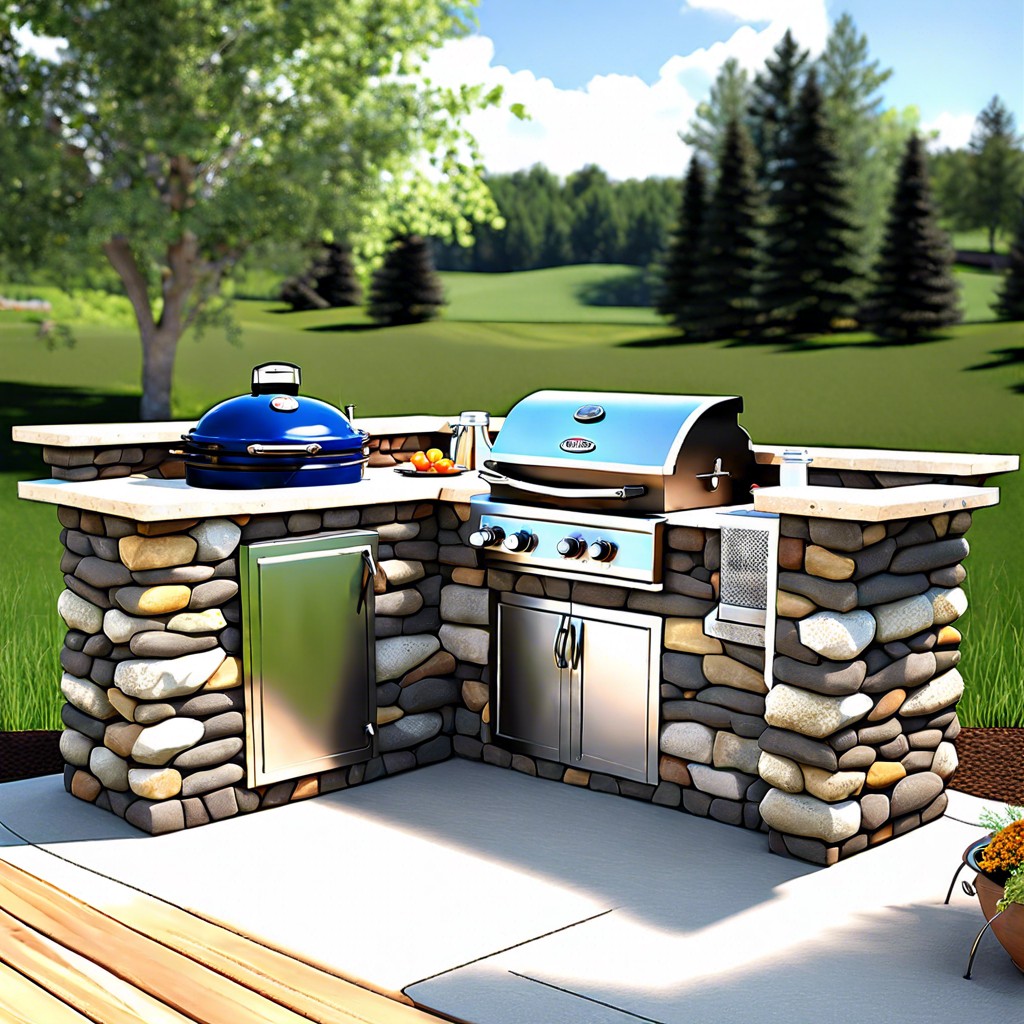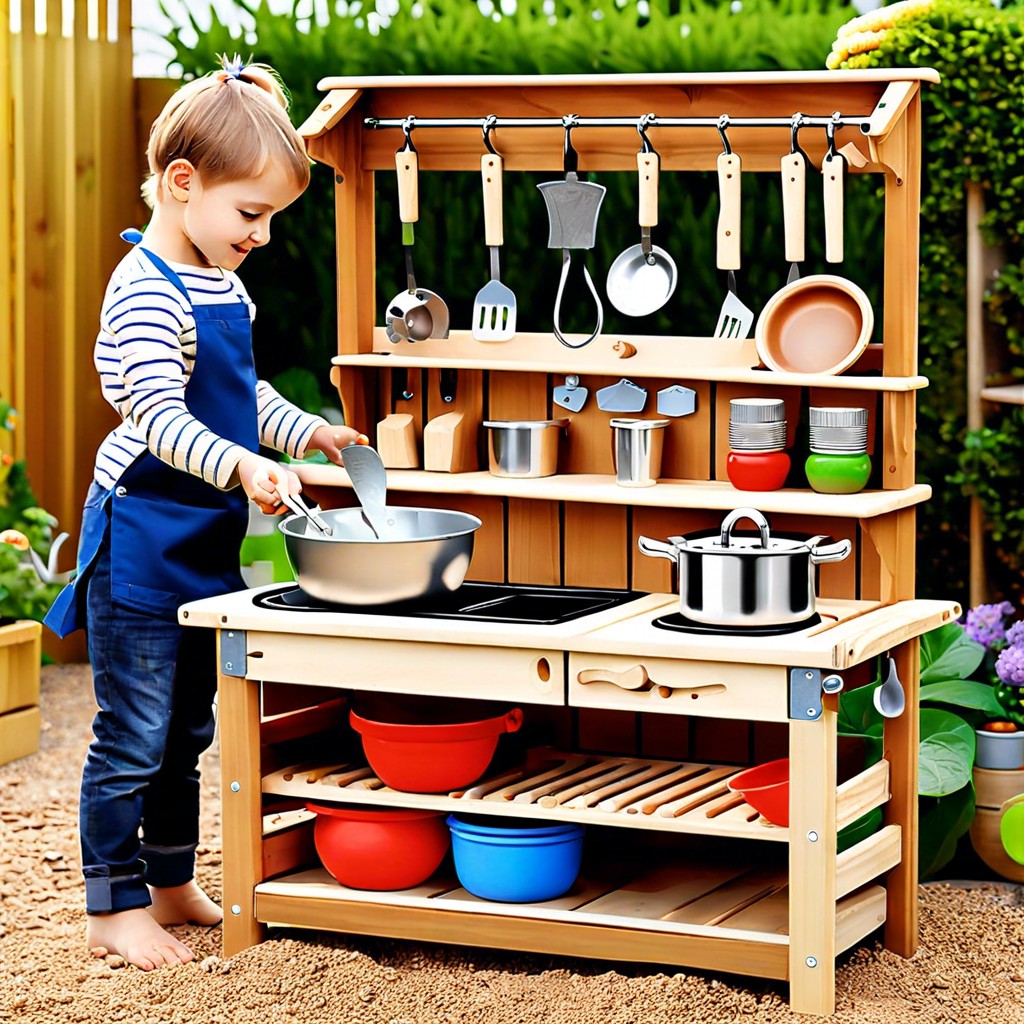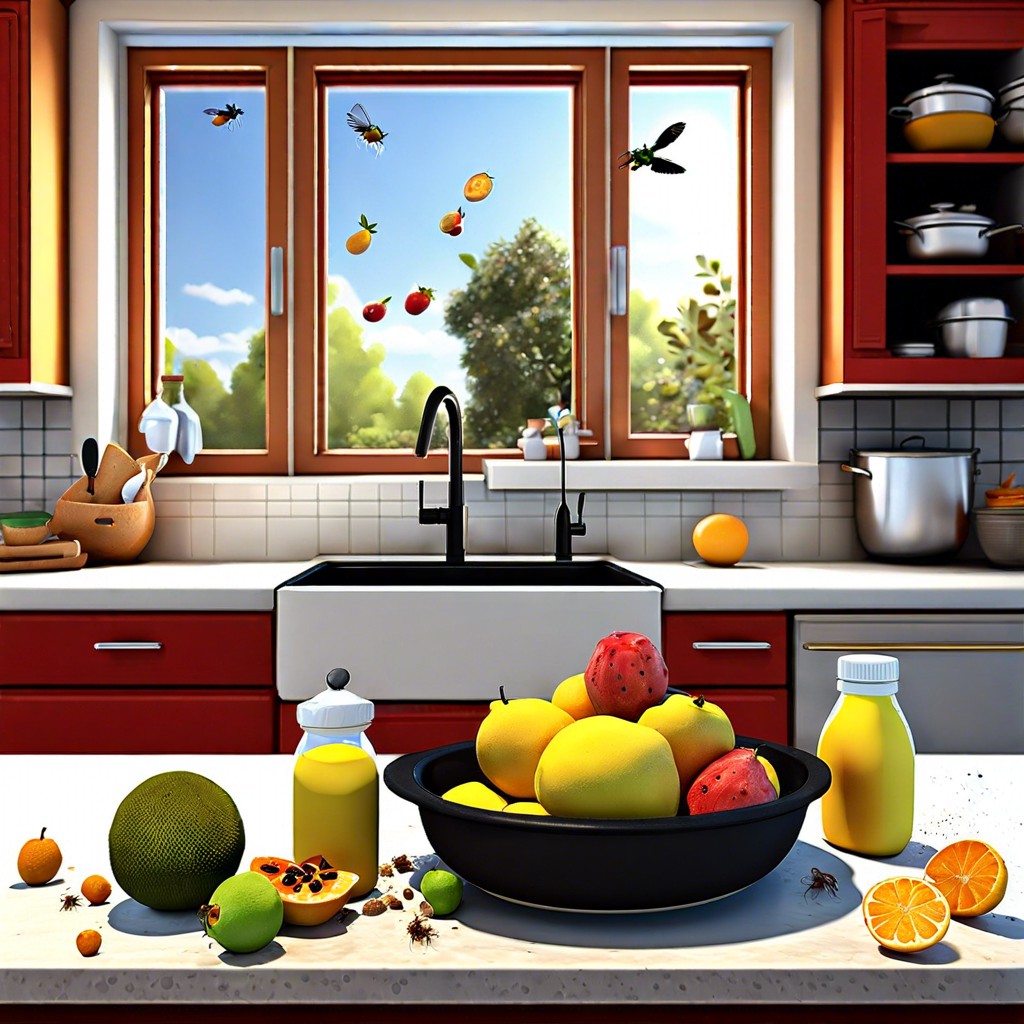Last updated on
Learn how to compost food waste effectively to reduce your environmental impact and create nutrient-rich soil for your garden.
Key takeaways:
- Composting benefits: soil quality, reduced carbon footprint, water-saving, chemical-free.
- Types of home composting: traditional bin, tumbler, worm composting, Bokashi bins.
- Steps for backyard composting: choose a spot, balance greens and browns, layer, maintain moisture, be patient.
- Community composting: find local spots, drop off scraps, join forces with neighbors.
- Avoiding rodents: avoid meat/dairy/oily foods, aerate compost, add dry layer, use sturdy lid, consider a bin with a solid base and wire mesh.
What's Inside
Benefits of Composting

Tossing apple cores and banana peels into a compost pile does more than just reduce landfill bulk. It’s like hitting the eco-lottery every time you add to the pile. Compost enhances soil quality, fostering a crumbly, nutrient-rich haven for plants. Your garden will thank you with vibrant vegetables and flourishing flowers.
Good for the earth, composting also slashes your carbon footprint. Picture this: less methane from landfills means a cleaner, happier atmosphere. You’re literally combating climate change from your backyard—talk about grass-roots activism!
But wait, there’s more! Compost takes your green waste and turns it into a water-saving wizard. By absorbing moisture, it reduces the need for irrigation. You’ll notice the difference in your water bill, giving both your wallet and Mother Nature a reason to smile.
Lastly, embracing compost is like declaring war on chemical fertilizers. Why douse your carrots in synthetic solutions when they can thrive on nature’s own concoction? Feeding your soil with compost is like choosing a homemade meal over fast food—it’s the healthier, more satisfying choice.
Types of Home Composting
Diving straight into the composting mix, you have traditional options like the standard bin, which acts as the cozy home for your food scraps to break down over time. This is a classic choice, easy to manage and perfect for gardeners with ample outdoor space.
Another approach is the tumbler composter. Picture a bingo ball cage, but filled with peels, leaves, and coffee grounds. Give it a whirl every couple of days, and you’re on your way to perfect compost without breaking a sweat.
Now, if you’re tight on space or your garden is more balcony-sized, you’ll want to consider worm composting – yes, you read that right. Enlist the help of some wriggly friends in a worm bin to convert your scraps into rich, plant-loving compost. It’s odorless, compact, and surprisingly satisfying.
Lastly, Bokashi bins take things up a notch by pickling your food waste through fermentation. Before you know it, you’re left with a potent pre-compost mixture ready to be buried and turned into nutrient-dense goodness for your plants.
Each method has its own set of rhythms and requirements, but they all hit the same chord: transforming waste into treasure for your garden. Choose the one that harmonizes with your lifestyle and watch your waste shrink and your garden thrive.
Steps for Backyard Composting
Picture this: your kitchen scraps transforming into a nutritional goldmine for your garden. Magic? Nope, it’s just composting at work. Let’s dive into the nitty-gritty.
Start with choosing a spot in your yard that’s a bit out of the way but still convenient for adding your kitchen waste. This spot should either be directly on the soil or in a compost bin that allows worms and other beneficial organisms to get in and do their thing.
Next up, balance is the name of the game. You’ll need a mix of ‘greens’ and ‘browns’—think kitchen scraps, coffee grounds, grass clippings for the former, and leaves, straw, or newspaper for the latter. Aim for an even mix; too much of one can slow down the process.
Get your layering game on. Layer your greens and browns to create a sandwich effect, which helps speed up decomposition. Every new addition of kitchen waste should be covered with a brown layer to keep things tidy and odor-free.
Moisture is your secret ingredient. Your pile should be damp, but not drenched. Feeling the pile is your best bet—if it feels like a wrung-out sponge, you’ve hit the jackpot.
Finally, patience is a virtue. Depending on the size of your backyard heap, turning it every few weeks introduces air, which fires up the composting process. With time, your scraps will reincarnate as dark, crumbly compost, ready to supercharge your garden.
Keep these pearls of wisdom in your back pocket and your compost pile will be less a pile of refuse and more a renewable resource for your little patch of green.
Community Composting
If your backyard isn’t ideal for a compost heap, don’t sweat it—thriving communal plots are sprouting up in neighborhoods far and wide. These shared spaces not only foster community spirit but are also perfect if you’re tight on space or don’t generate enough scraps to warrant a personal pile.
So how do you get in on the action? First, find a local spot by checking community gardens, farmers’ markets, or municipal waste department websites. Once you pinpoint your community compost, it’s a matter of dropping off your kitchen scraps—think fruit and vegetable peels, coffee grounds, and eggshells—and letting the stewards take it from there.
Remember the old saying, “One man’s trash is another man’s treasure”? Here, your food scraps join forces with your neighbor’s, transforming into nutrient-rich soil that can green-up gardens citywide.
But before you haul over your compostables, be sure to confirm what’s accepted. Often, these communal hubs steer clear of meat, dairy, and oils to avoid attracting critters or creating foul odors. Properly sorting your scraps goes a long way in keeping the vibe positive and the compost thriving.
Lastly, don’t hesitate to get your hands dirty, literally. Participating in the composting process can deepen your connection to the environment and those around you. Plus, you might just find yourself picking up a gardening tip or two along the way.
Avoiding Rodents
Rodents can turn composting into a headache rather than an eco-friendly endeavor. They’re attracted by the smell of kitchen scraps and the warmth of decomposing materials. To keep them at bay, consider these tips:
Firstly, never compost meat, dairy, or oily foods; these are like a five-star feast to pests. Stick to plant-based scraps — they’re less pungent and appealing to unwanted visitors.
Next, keep your compost aerated. Stir it up every now and then! This not only helps it decompose but also makes it less cozy for rodents looking for a home.
Adding a layer of dry leaves, straw, or sawdust on top each time you add food waste can also mask the smell and absorb excess moisture. Think of it as tucking in your compost for the night!
Also, a sturdy lid is a must. Secure it like you’re safeguarding a treasure chest, keeping those critters out.
Finally, if you’re still noticing Rodent Olympics in your compost, it might be time for a bin with a solid base and wire mesh around it. Imagine a fortress that keeps your decomposing gold safe and sound.
Remember, an ounce of prevention in your composting practice is worth a pound of cure in the garden later on.
